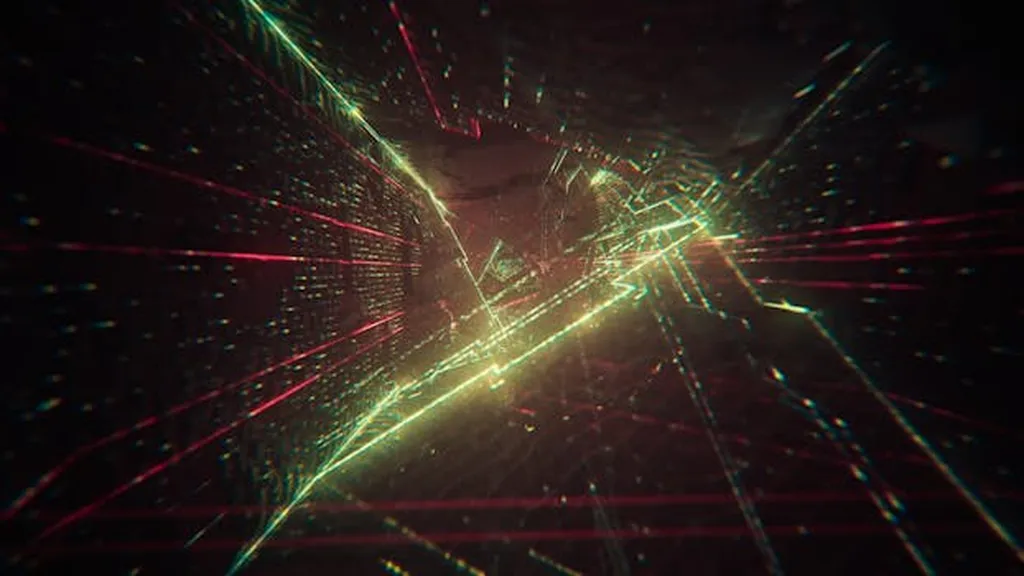Researchers Qiushi Wang and Xingpeng Li from the University of Tennessee, Knoxville, have developed a model to evaluate the benefits of using battery energy storage systems (BESS) to create virtual transmission lines (VTL) in power grids. Their work, published in the journal IEEE Transactions on Power Systems, aims to address the increasing network congestion caused by the rapid integration of renewable energy sources.
As more renewable energy sources like wind and solar are added to the power grid, they can cause network congestion, reducing grid efficiency and sometimes leading to renewable energy being wasted, or “curtailment.” Traditional solutions involve building new physical transmission lines, which can be time-consuming and expensive. An alternative is to use BESS to create VTLs, which can help manage congestion and reduce operational costs.
The researchers developed a scenario-based stochastic security-constrained unit commitment model (SSCUC-VTL) that considers the uncertainty of renewable energy sources. This model helps power system operators make better commitment decisions when VTLs are in use. The researchers compared the performance of VTLs to that of adding a new physical transmission line and a standalone BESS. They conducted a case study on an enhanced IEEE 24-bus test system, which is a standard model used to test power system operations.
The results showed that VTLs provided 23% more operational cost reduction than adding a new physical transmission line. Additionally, VTLs offered up to 67% more congestion relief than a standalone BESS in a power system with solar and wind generation. These findings suggest that VTLs could be a more effective and efficient solution for managing network congestion in power grids with high levels of renewable energy.
For the energy industry, this research highlights the potential of BESS-based VTLs as a flexible and cost-effective solution for integrating more renewable energy into the grid. By reducing network congestion and operational costs, VTLs can help facilitate the transition to a cleaner, more sustainable energy system. The practical application of this research could lead to more efficient grid operations and better utilization of renewable energy resources.
Source: Wang, Q., & Li, X. (2023). A Scenario-based Stochastic Model of using BESS-based Virtual Transmission Lines in Day-Ahead Unit Commitment. IEEE Transactions on Power Systems.
This article is based on research available at arXiv.

